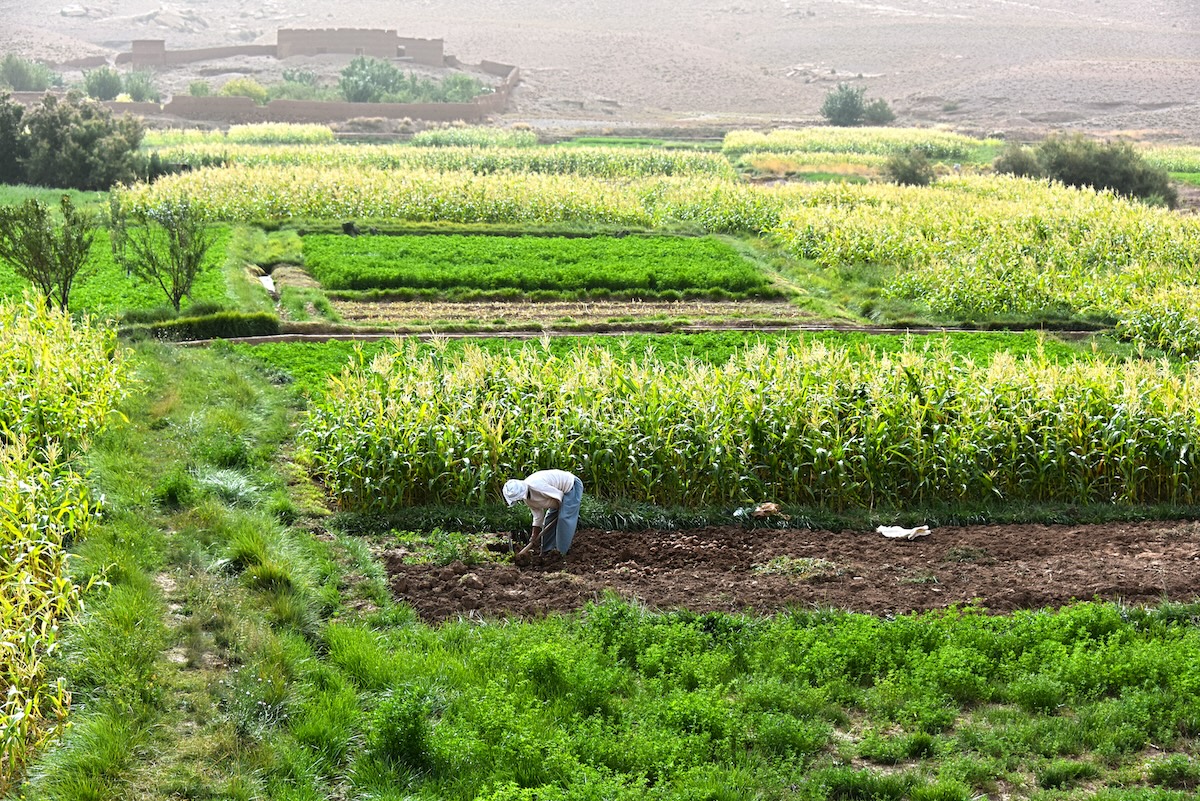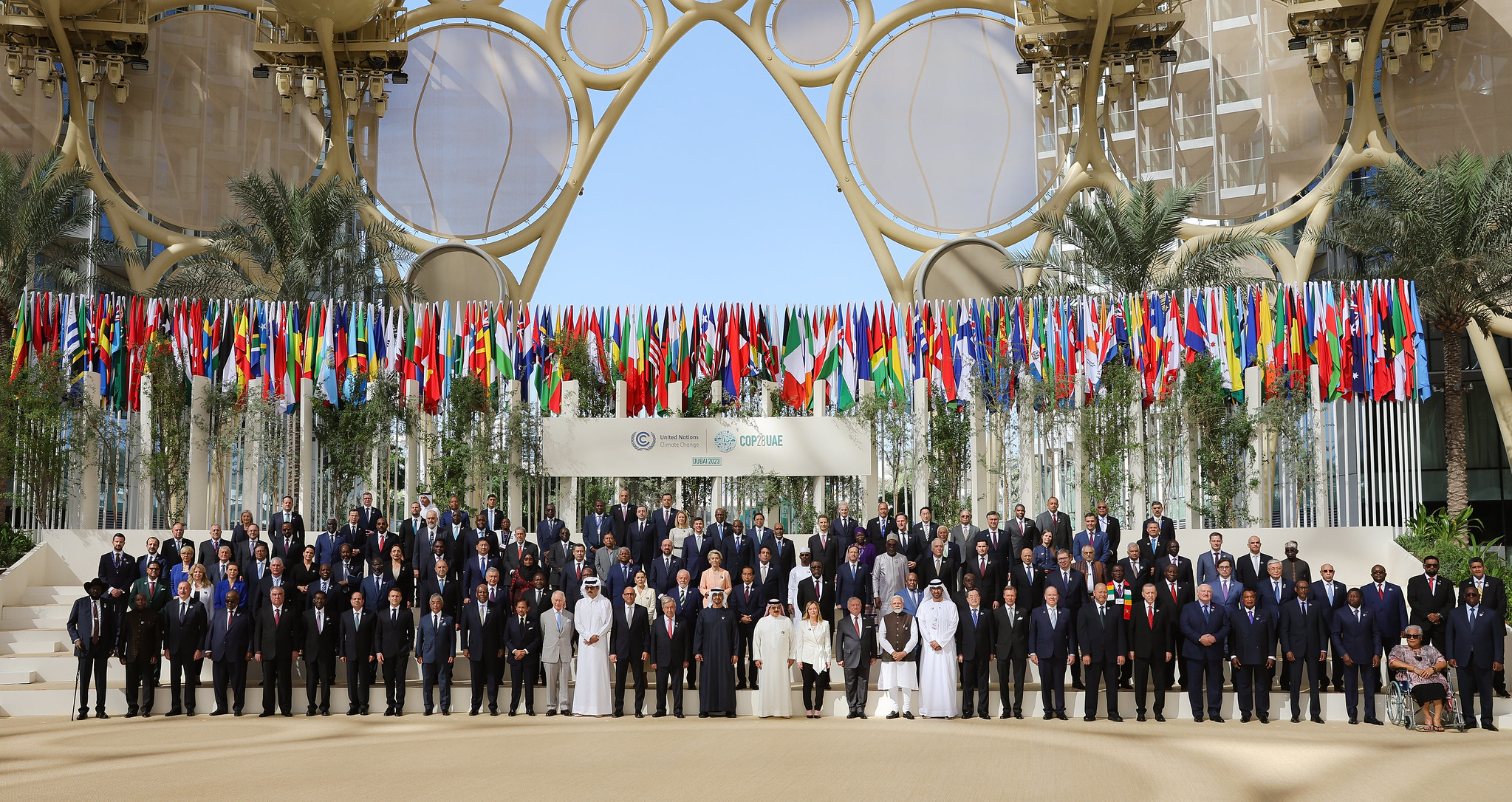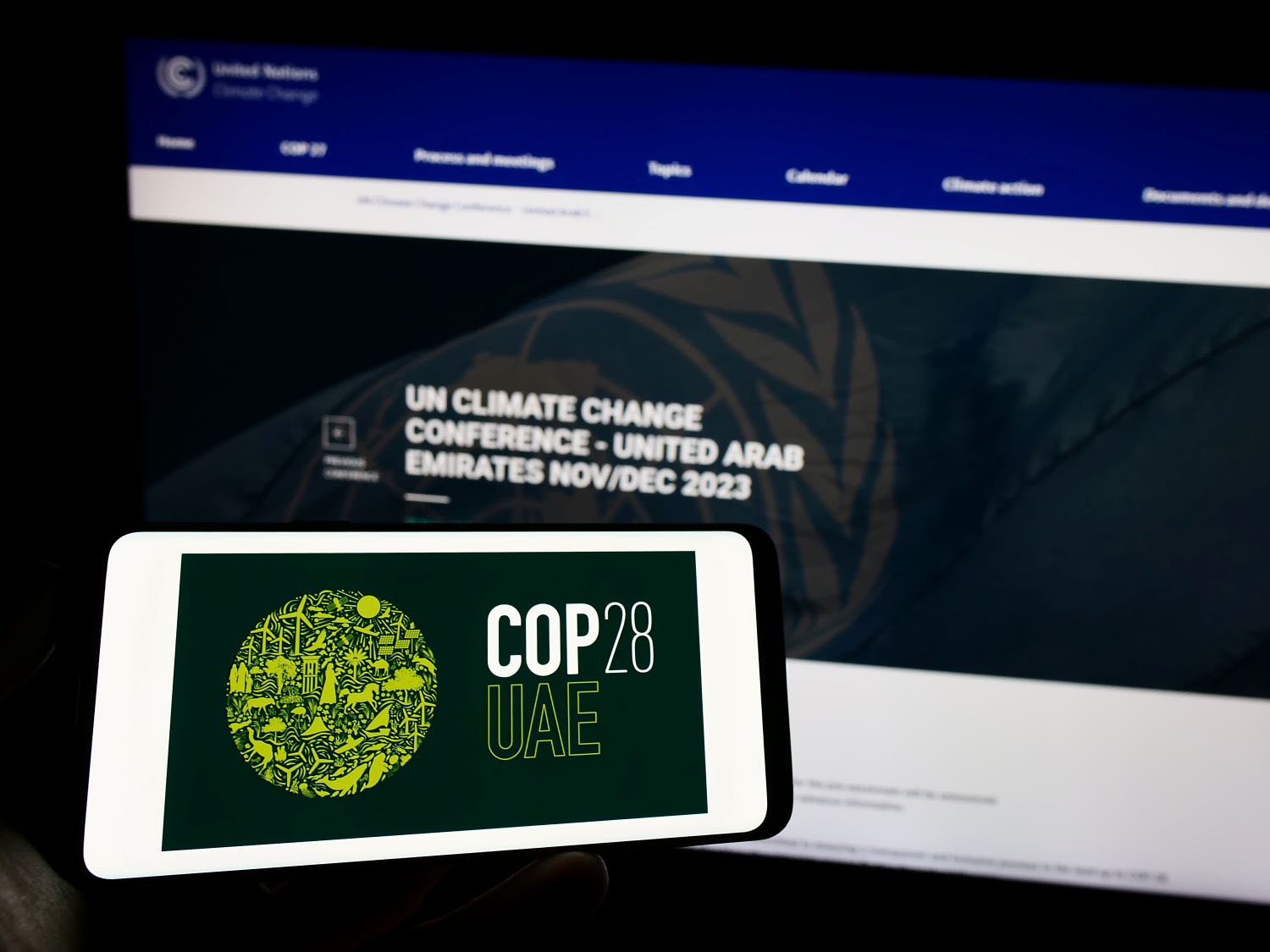Estimating latent demand for electricity can be tricky. Are some countries too poor to consume a lot more energy? Or is income growth being held back by a lack of reliable and affordable electricity? While there is a strong relationship between energy consumption and income, the direction of causality is often far less clear. One way to estimate unmet demand may be to try to compare pairs of countries—e.g., how much additional energy does Kenya need to reach the level of Tunisia?
Another way may be to look at all countries together and see how far any individual country is from the global trendline. So, here we plot per capita energy consumption against per capita GNI (PPP$) for all available countries in the World Development Indicators. A few things to note right away: we have data for 136 countries and the relationship is extremely tight (for those who care, the R^2 is 0.84). Then, we measure each country’s distance from the predictive line. This distance is one way to think about what any one country’s energy consumption should be given their income level.
In the graphic below, countries above the line consume more energy than their incomes would predict, while those below consume less. Yes, yes…the data is highly imperfect, and a lot of factors beyond income like economic structure, endowments, fuel mix, climate, geography, policy, etc., all can influence energy demand and supply. But 0.84 is pretty tight and we are only looking for ballpark magnitudes.
A few things strike us when we look closer at the sub-Saharan countries:
-
Nigeria is the most underpowered. Per capita energy consumption is a whopping 79 percent below what its income level alone predicts. Further, if we make the (huge) assumption that all the Nigerian projects in the Power Africa pipeline reach completion, we estimate that this would close less than one-third of the present gap.
-
The other initial Power Africa countries are all below the line too: Tanzania (-60 percent), Ethiopia (-47 percent), Kenya (-44 percent), and Ghana (-18 percent). Sorry, no data on Liberia.
-
Southern Africa is a regional outlier. Of the seven sub-Saharan countries above the line, six are in the Southern African Development Community. Most of these countries still rely on very large hydroelectric projects built long ago (e.g., Kariba completed in 1959, Inga 1 in 1972, Cahora Bassa in 1974). Mozambique is over 400 percent “overpowered.”
-
Togo, the only West African country above the line, has seen a 50 percent increase in electricity since 2008, largely because of the opening of one large thermal plant (with the support of OPIC).
In sum: much more analysis is needed to better understand demand. But this simple exercise does reveal, especially in West and East Africa, that there is a lot of work left to be done to close the gap between power supply and demand.
CGD blog posts reflect the views of the authors, drawing on prior research and experience in their areas of expertise.
CGD is a nonpartisan, independent organization and does not take institutional positions.





